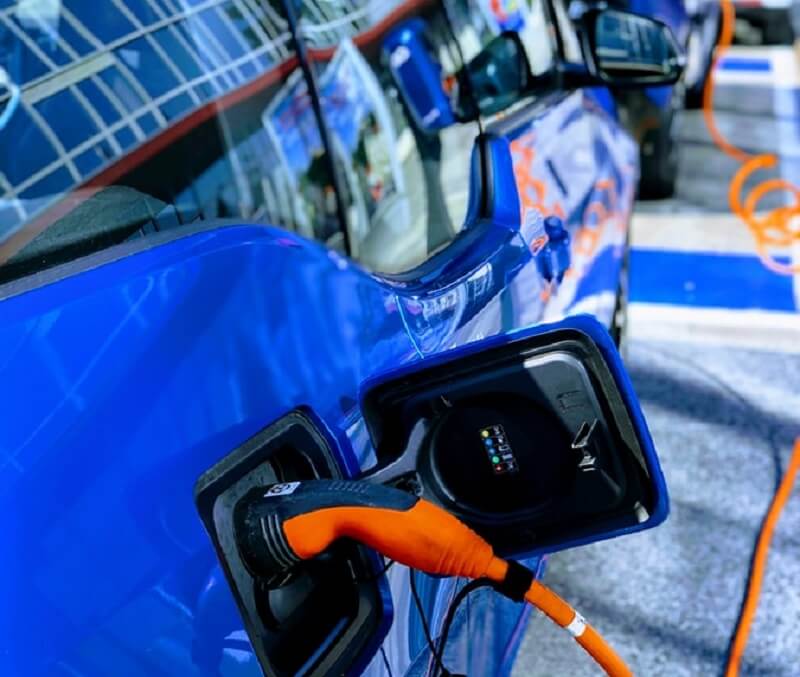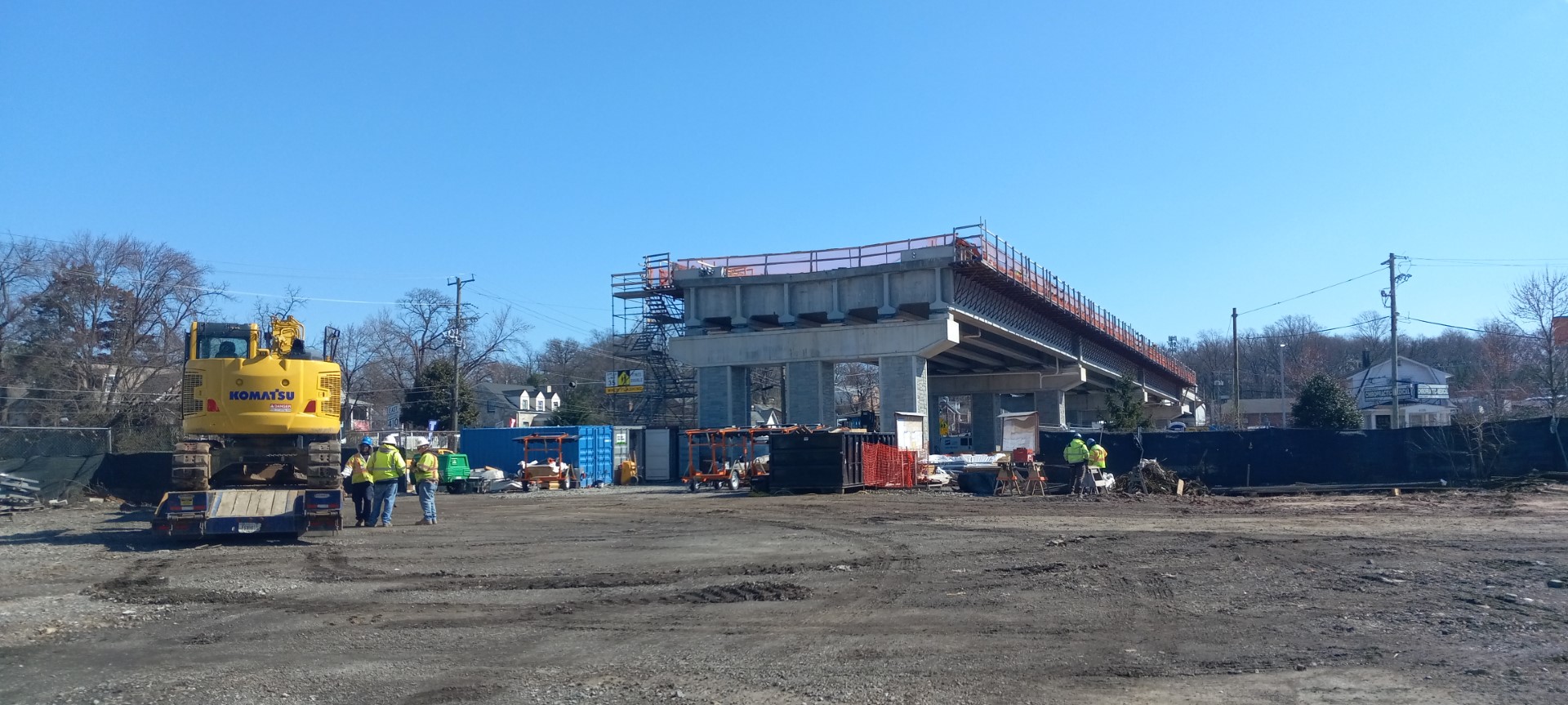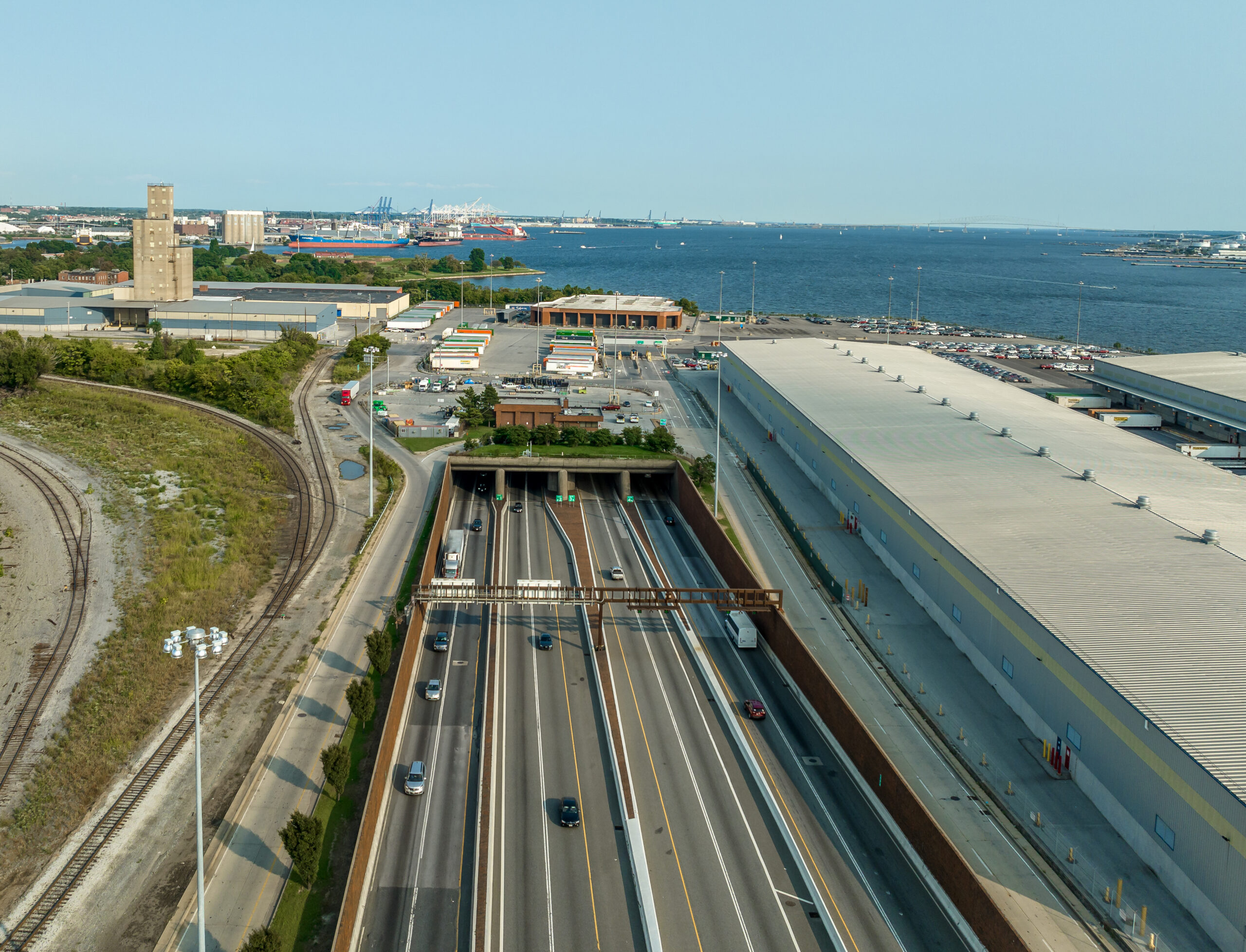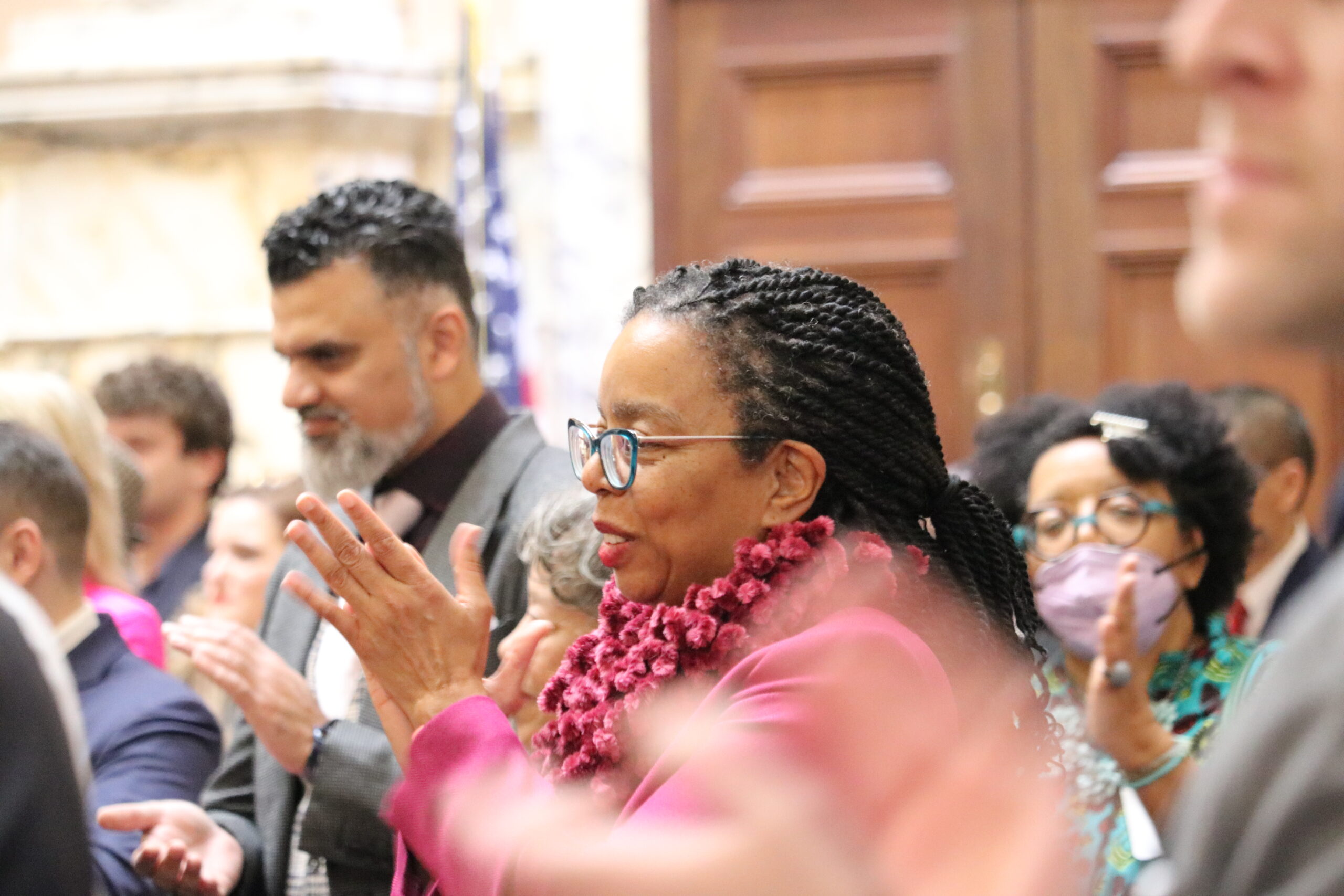Opinion: Region Needs to Get Moving on Programs to Reduce Emissions

In March, President Biden unveiled the American Jobs Plan, an historic investment in the United States’ long-neglected infrastructure systems. The plan, which is undergirded by the idea that infrastructure improvements must also attack environmental injustice and the growing climate crisis, is a revolutionary signal to states and cities across the country that it’s time to invest in zero-emission clean energy, transportation and buildings.
Much of the funding will support the modernization of our public transportation system, encourage wide-scale vehicle electrification — including the build-out of hundreds of thousands of electric vehicle charging stations, and shift us to clean energy generation and storage. And the plan targets 40% of the benefits of these investments to under-resourced communities that have been overburdened by air pollution from freeways, oil and gas plants, and the booming logistics industry.
This investment provides a clear message from the federal government that cities and states across the United States have an unparalleled opportunity to invest in programs that promote clean energy solutions, and it provides a signal to the business community that our future will be free from polluting fossil fuels. With the prospect for substantial funding, the Washington, D.C., region must now seize the moment and jumpstart projects that will build a truly 100% zero-emissions future.
Across Maryland, Virginia and Washington, D.C., there are ready-to-go projects and exciting new opportunities that will benefit from this funding boost.
Maryland is already on the path to electrify its state bus fleet. In the recent Maryland legislative session, the General Assembly passed the Zero Emission Bus Transition Act that requires the Maryland Transit Administration to purchase exclusively zero-emission buses beginning in 2023, with limited exceptions. The American Jobs Plan could accelerate this transition and provide MTA with much-needed dollars to help in purchasing these clean buses.
Wide-scale electrification of trucks and buses will provide some relief for communities across our region that are living with dangerously polluted air.
The American Lung Association recently released its annual State of the Air Report and both the District of Columbia and the city of Baltimore received an “F” grade on ozone air pollution, which triggers asthma attacks and hospitalizations, with kids, the elderly and those with lung ailments at greatest risk. And the U.S. Environmental Protection Agency has classified diesel exhaust as likely to be carcinogenic to humans.
In Virginia, Gov. Ralph Northam has the opportunity to join the multi-state medium- and heavy-duty zero-emission vehicle agreement, pledging that at least 30% of all new trucks and buses sold in Virginia will be zero-emission by 2030 and 100% by 2050. Battery technology is rapidly improving.
Companies such as Volvo have already pledged for their products to be fossil free by 2040. With over $100 million dedicated to vehicle electrification and the promise of 500,000 new charging stations across the country, now is the time for the commonwealth to commit to electrifying trucks in the state.
The American Jobs Plan also includes $85 billion over eight years dedicated to transit service with $25 billion carved out for electric transit vehicles. It’s urgent for the Washington Metropolitan Area Transit Authority to seize the moment and publicly commit to end purchasing diesel and gas-fueled buses. The Washington region is already lagging behind other major metro areas like Los Angeles, New York and Seattle that have committed to purchasing 100% zero-emissions buses. It’s time for Metro to join them.
The Clean Energy DC Act is poised to create a zero-emission future for the District in its mandate that all public buses, large fleets, commercial motor carriers, limousine-service vehicles and taxis be zero-emission vehicles by year 2045 with interim clean vehicle targets along the way.
It also requires a plan by this July to achieve at least 25% zero-emission vehicles in D.C. by 2030 and for public and school buses to be 100% electric at the end of their useful life beginning in 2021. It’s important for plans to include a strong focus on transportation equity so that the benefits of a zero-emission future are affordable and accessible to all.
Transitioning toward clean energy, electrifying our transportation sector and getting gas out of our buildings will spur economic growth in the region. According to a Maryland Department of Energy macroeconomic analysis of the Maryland Greenhouse Gas Reduction Act, reducing emissions in the state will lead to positive job growth in the next decade.
While the budget still needs to pass a divided Congress, agencies and policymakers across our region need to take cues from the Biden administration and begin making bold commitments that will help improve the region’s air quality, create high-quality jobs and protect our planet.
–DAVID BARON
The writer is a managing attorney in Earthjustice’s Washington, D.C., office.





 Creative Commons Attribution
Creative Commons Attribution